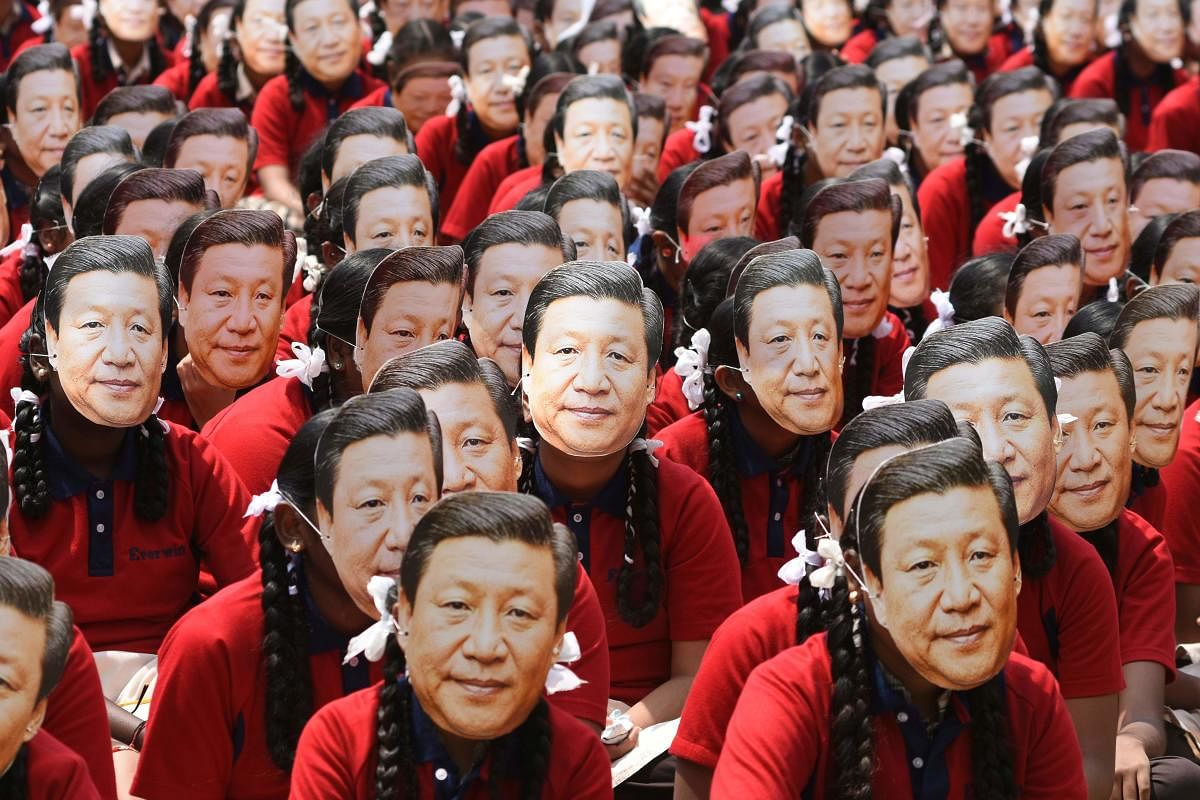
India is unlikely to accept China's piecemeal approach to settle the boundary dispute, even as Prime Minister Narendra Modi gets ready to host Chinese President Xi Jinping in Tamil Nadu for an informal summit on Friday and Saturday.
Modi may rather convey to Xi that both sides should first work together on clearing doubts and narrowing differences on the alignment of the Line of Actual Control (LAC), which serves as the de facto border between the two neighbours in the absence of a settled boundary.
He may also convey to the Chinese President that New Delhi is open to discussing with Beijing the possibility of putting in place more Confidence Building Measures (CBMs) to maintain peace and tranquillity along the disputed boundary till the settlement of the dispute.
Modi and Xi are likely to exchange views on the progress of negotiations to resolve the protracted boundary dispute. A detailed discussion on the proposed CBMs along the LAC will, however, take place later, when the two governments’ Special Representatives will meet, sources said.
National Security Advisor Ajit Doval and China’s Foreign Minister and State Councilor Wang Yi are the current Special Representatives of the two governments for negotiations on the disputed boundary. They were scheduled to meet in New Delhi last month, but it was postponed, ostensibly, due to strains in ties in the wake of Beijing’s statements on Kashmir, echoing Islamabad’s position.
China may use the “informal summit” as an opportunity to once again nudge India to go for a piecemeal approach to settle the boundary dispute, beginning by clinching an “early harvest” deal on the less disputed stretches.
New Delhi, however, is set to reiterate that it would prefer “a complete package deal” covering the entire length of the boundary, according to sources.
India and China had in fact made substantial progress in resolving the dispute in the middle sector of the boundary and even exchanged maps in 2001. The process, however, did not advance much.
The Prime Minister is likely to convey to Chinese President that both sides should resume the stalled process of clarifying the LAC.
Though the LAC at present separates India and China in the absence of a mutually agreed boundary, differences in perceptions about the alignment of the line are often blamed for its transgressions and consequent tension and stand-offs.
In the November 1996 Agreement on the CBMs in the border areas, India and China recognized the differences in perception over the LAC and sought to speed up exchange of maps for clarification and confirmation of its alignment. Beijing, however, subsequently took it off the table in its engagements with New Delhi, ostensibly out of apprehensions that New Delhi might insist on turning the LAC, if clarified and confirmed, into de jure boundary.
New Delhi, however, is not averse to discussing with Beijing new CBMs to maintain peace and tranquility along the disputed boundary
Beijing is also likely to nudge New Delhi to conclude negotiations on a new set of CBMs, possibly in the form of a Border Code of Conduct. Sources said that India was not averse to discuss with China new CBMs or a new Code of Conduct if it does not curb its sovereign rights.
